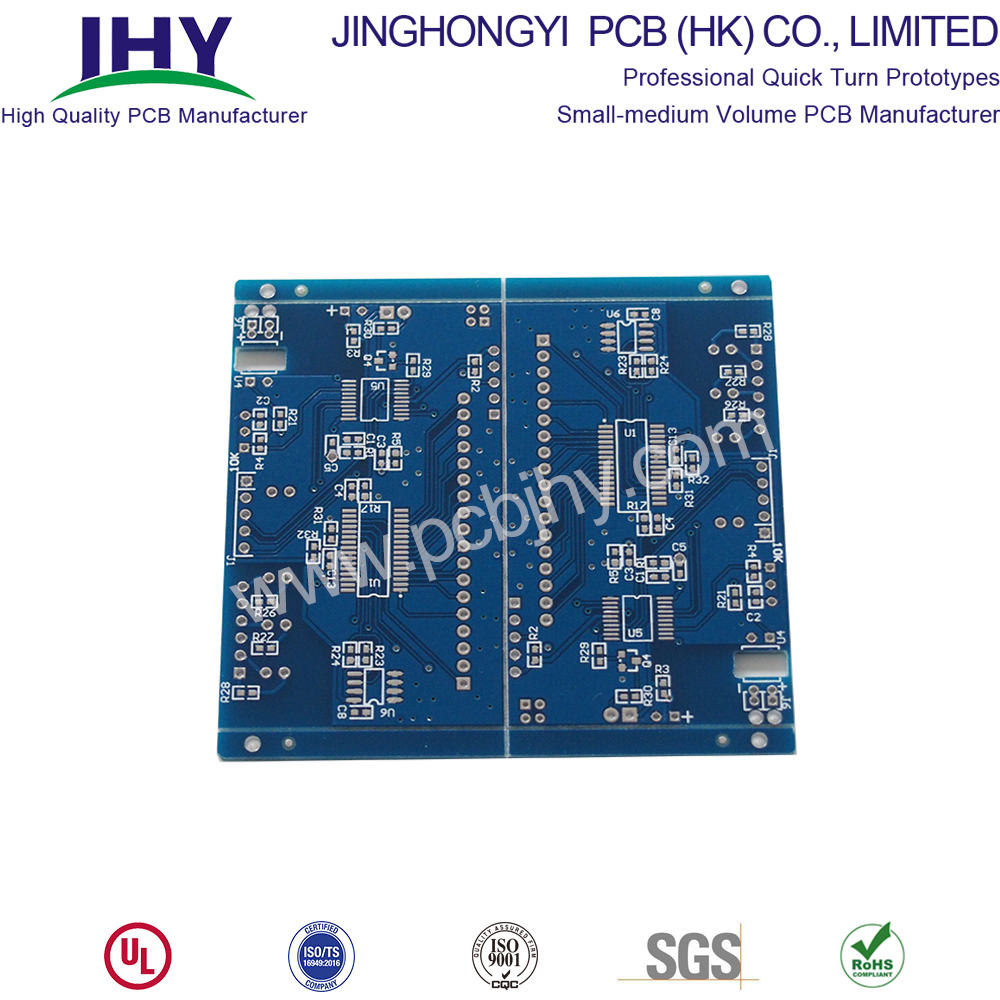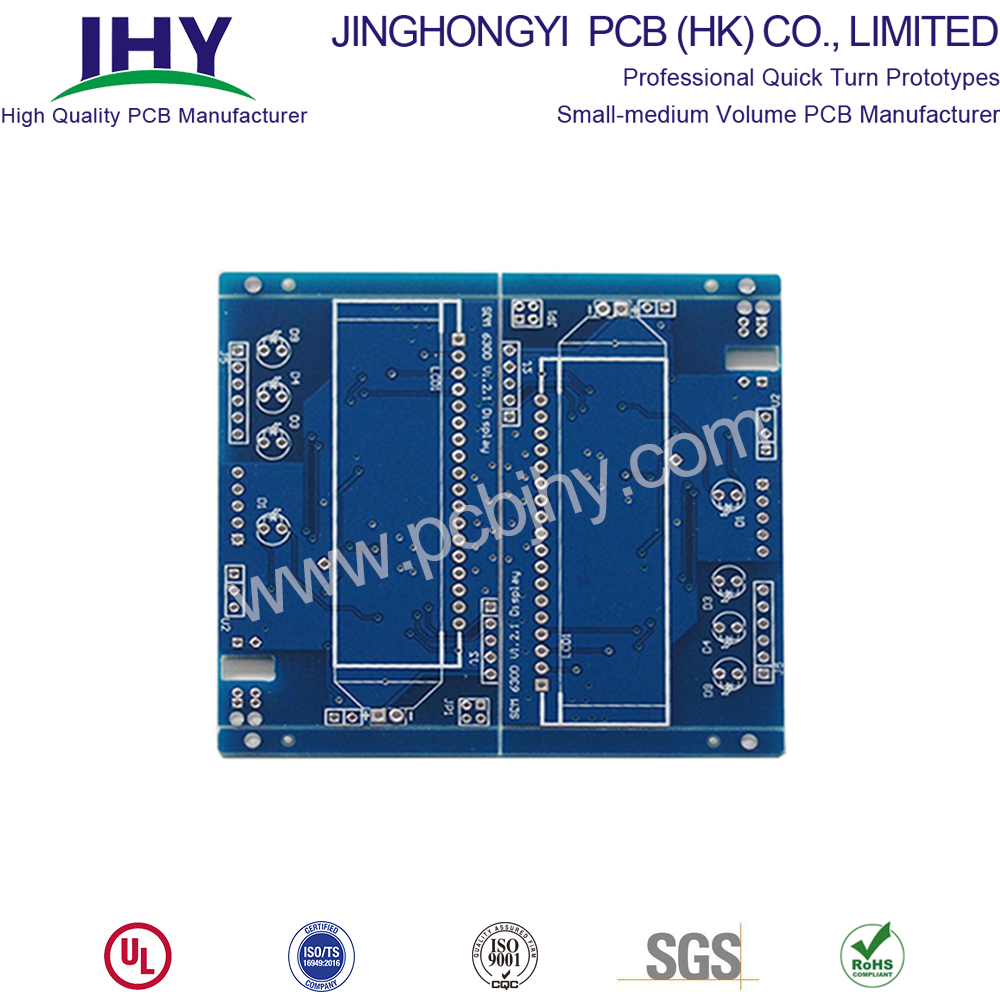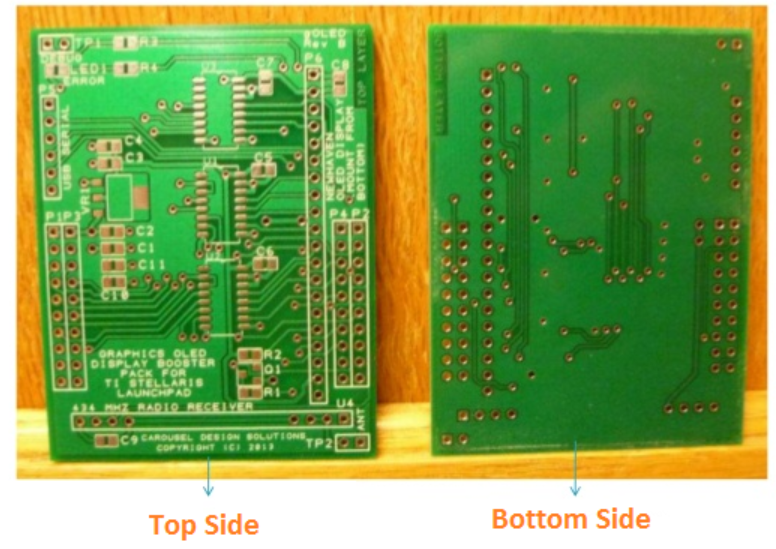LED lighting is part of green building lighting. The green color of green building does not refer to the three-dimensional greening and roof garden in general. It represents a concept or symbol that the building is harmless to the environment and can make full use of the natural resources of the environment. A building constructed without destroying the basic ecological balance of the environment can also be called sustainable buildings, ecological buildings, returning to nature, energy-saving and environmentally friendly buildings.
Architectural lighting is an indispensable part of green building design. Architectural lighting design must conform to the three concepts of green building: energy-saving energy, resource conservation, return to nature, and architectural lighting is the true green building lighting. LEDs can directly convert electricity into light, consume only one-third of the energy of incandescent lamps, achieve the same light efficiency, and use smart sensors and microcontrollers to greatly improve equipment maintenance efficiency and reduce management costs, truly bringing extra Energy saving effect and economic benefit. At the same time, the standard LED lighting life is 2 to 3 times that of energy-saving lamps, and there is no mercury pollution. LED lighting is well-deserved as part of green building lighting.
During the 12th Five-Year Plan period, energy conservation, environmental protection, and low carbon have been put on the motion for many times. Local governments have also attached great importance to the development of energy conservation and environmental protection in various industries. Under this circumstance, Shenzhen Guangming New District has built the country's largest green building demonstration zone. The construction of green new city in Guangming New District is changing with each passing day. The city's first municipal road adopting LED lighting system, the city's first underground common trench, the country has assessed and is under construction. The most famous and largest green building demonstration area, these people are very proud of the bright people.
According to reports, Shenzhen Guangming New District is the first green road in the city to adopt LED lighting system. Compared with ordinary lighting, LED lighting can save 80,000 yuan per kilometer per year. In the past three years, all newly built roads in Guangming New District have adopted LED lighting systems. The LED lighting system plays a huge role in saving electricity, saving resources and protecting the environment in the green building demonstration zone. This has played a pilot and exemplary role in introducing LED lighting into green buildings.
LED lighting illuminates the era of green architectural lighting It is understood that the average area energy consumption of shopping mall buildings is 223.08kwh/m2 (1kwh kWh = 1 degree), ranking first, while hotel and hotel buildings are ranked 202.99kwh/m2. Two, the hospital building ranked third with 193.87kwh/m2. The rest are government office buildings (183.43kwh/m2), business office buildings (103.96kwh/m2), cultural venues (94.62kwh/m2), and schools (55.24kwh/m2).
With the advent of the LED lighting era, LEDs should not only meet the basic energy-saving requirements of buildings, hotels and other buildings. It is also possible to set the illumination parameters of the LED light source component or the lamp itself according to the user's feeling requirements for the LED, because the direct feeling of the user's lighting effect is often due to the difference in the environment configuration, decoration, space and atmosphere. A considerable gap; the comfort and uncomfortable light source performance is not whether the LED lighting has reached the highest lighting output effect. The LED lighting industry must first predict the possible use environment and the way the light source is used before developing the product, so that the LED lighting It can also play a lighting setting that creates an ambient atmosphere or achieves practical use.
1. Energy-saving lighting for large-scale retailing. The large-scale retail industry has the longest uninterrupted lighting time, and the electricity and operating costs are also the highest, so the lighting energy consumption problem is an area of ​​great concern to the industry. Reducing energy consumption is not only the responsibility of the large retail industry for social energy conservation, environmental protection, and low carbon, but also the industry's performance in reducing operating costs, increasing profits, and increasing competitiveness. LED lighting has the advantages of high luminous efficiency and dimming. The large retail industry can design lighting according to the theme of the shopping mall. Through the control of the lighting system and the creation of the lighting atmosphere, the consumers can enjoy a comfortable and unforgettable shopping experience, thus increasing consumption. The desire to buy again.
In order to make LED lighting source used in large-scale retail industry, the first retail energy-saving lighting research project in China was launched. It is understood that the research project is led by the University of Cambridge Architecture and Urban Research Center, Tsinghua University School of Architecture and the lighting industry leader Sanxiong. Aurora co-sponsored. The research objective is: on the one hand, it will fill the research gap of China's retail building energy-saving lighting, understand the basic situation of China's retail building lighting energy consumption; on the other hand, it will also provide data for the formulation of China's energy-saving lighting related policies and design specifications. Support to promote the healthy development of the domestic lighting industry.
2. Hotel energy-saving lighting. The hotel is second only to the energy consumption of the mall. In the cost of hotel lighting, the cost of electricity is the highest, followed by labor costs and material costs. The main source of hotel lighting costs is the cost of use, which is the cost of electricity. The initial procurement cost only accounts for 4, therefore, the energy-saving hotel clearly focuses on solving the energy utilization rate of lighting equipment. Secondly, light is the soul of architecture, creating three-dimensional dimensions, spaces and levels, scenes and atmosphere, emphasis and details through light. If hotel lighting can gradually take advantage of the advantages of LED lighting to create a green, home feel, designing a green light experience is not a luxury transformation. On the contrary, this project brings cost savings while also bringing customers.
In addition to LED lighting to gradually transform large-scale retail lighting, hotel lighting, you can also gradually transform hospital-style architectural lighting, government business office lighting, cultural venue-style architectural lighting, school-style architectural lighting, etc. according to the characteristics of each field and place. In the near future, LED lighting will light a new era of green architectural lighting.
Green building LED lighting needs to pay attention to the problem At present, although LED lighting has the advantages of energy saving, low carbon and environmental protection, it is highly popular by government enterprises. However, due to various environmental factors, there are still many problems in LED lighting. The lack of standards, insufficient supervision and control, disordered industry, and opportunistic investment have resulted in uneven product quality. The quality of the products is uneven, so all green building lighting is a castle in the air. Secondly, excessive LED display advertising caused light pollution and caused complaints from many citizens. Therefore, LED lighting should enter the era of green lighting as soon as possible. This requires LED designers to be people-oriented. For light parameter settings, brightness, softness, color vividness, etc., the human body is comfortable and harmless.

Double Sided PCB - the most popular type of PCB in the industry
While single-sided PCBs are simple and ideal to use when possible, many circuits require two sides. Double-sided PCB boards offer a wide variety of possibilities for circuit board designers because they have more surface area and flexibility when routing traces. Using two sides instead of one also allows for a smaller board size overall, which can be important when building small-scale, integrated devices.Double-sided PCB is one of the most common types of PCB. Moreover, the two-sided PCB and the single-sided PCB are basically the same to some extent. The difference is that the single-sided PCB has only one conductive surface. That is to say, the one-sided PCB has copper on one side of the board, but the two-sided PCB has conductive layer on each side. The dielectric layer is surrounded by the copper layer of the circuit and welding masks on both sides. Technically, single-sided circuit boards will not be copper plated in boreholes. Passing holes allow manufacturers to create traces on both sides that are adjacent to each other and connected between layers. PCB manufacturers use double-sided PCBs for products that require elementary to intermediate circuit complexity. This type of PCB does not provide as much circuit complexity or density as multi-layer PCB, but it is the most economical choice in many applications.
Nowadays, double-sided Printed Circuit Boards can be designed and manufactured in a variety of ways, including silver and gold surface treatment, high and low temperature and solder coating. This versatility enables them to power almost unlimited numbers of projects at cost-effective prices. Because of these advantages of double-sided PCB, double-sided PCB technology has become the most popular type of PCB in the industry.

What is Double-Sided PCB?
Strictly speaking, the Double-Sided PCB is one kind of the important PCB boards which is useful in PCB industry. They allow for the routing of traces around each other by jumping between a top and bottom layer by way of vias. Generally speaking, There are lines on both sides! The common PCBs can be seen such as, Rigid PCB , Flexible circuit board, Aluminum PCB and Metal Core PCB.
It need circuits on both sides. Via is the holes on boards, coated with metal and it can connect wires on both sides. Because the area of Double-sided PCB is twice as large as the Single-sided PCB, and because the wiring is interleaved, which is better suited for circuits that are more complex.
Someone may feel confused that if one Double-sided PCB, wires on both sides while Electronic parts only one side, is this a Double-sided board or a single onel? The answer is obvious. This kind of board is a Double-sided board, it's just install a component on the Double-sided board.So the question is, if a double-sided PCB has circuits on both sides, but only one side has electronic accessories, is it a double-sided PCB or a single-sided PCB? The answer is obvious. This kind of board is a double-sided circuit board. It only installs a component on the double-sided PCB.
Double sided circuit boards are one of the most popular types of PCBs as they enable manufacturers to produce more complex circuits, which can benefit uses in higher technology applications and electronics. There is an abundance of applications and electronics which double sided PCBs can be used in including: lighting systems, vending machines, amplifiers, car dashboards, and many more.
Double Layers PCB expands design capability and reduces physical sizes.

Double-Sided PCB material
The manufacturing base material of PCB is rigid glass fiber laminate. In the actual manufacturing process, many types of PCB materials can be used. Which material to use is determined by the PCB designer to meet electrical, temperature and other related characteristics. However, the standard material commonly used is fiberglass, which we usually call FR4.
FR, which technically stands for "flame retardant", does not mean specific material, but refers to material grade. However, it is a glass fiber reinforced epoxy laminate with flame retardant standard UL94V-0.
FR4 is the most common and typical choice of rigid PCB materials. Usually we classify them into three categories:
Normal Tg = Material melting point over 130 degrees Celsius
Medium Tg = Material melting point more than 150 degrees Celsius
High Tg = Material melting point more than 170 degrees Celsius
Double-Sided PCB construction

Double Sided PCB Layers


Benefits of Double-Sided PCBs
Double-sided PCB is a widely used component in various applications, because it can achieve greater flexibility in designing more complex circuits. The following are some advantages of double sided PCB:
- Improving circuit density and complexity: By having conductive layers on both sides, the component space of double-sided PCB is twice as large as that of single-sided PCB. It can easily increase the density and complexity of the circuit.
- Double-sided PCB is widely used: Double-sided PCB has circuit complexity and can be used for many common electronic products at reasonable prices. Use double-sided PCB to make popular electronic products for daily use.
- More suitable for more complex projects: Double-sided PCB is the same size as single-sided PCB, but has twice the component space. Design more complex projects with the same amount of space.
- Cost-effective manufacturing: Double-sided PCB has the ability to be used in a large number of projects, and the price is lower than multi-layer PCB, avoiding paying extra costs.
- Provide more design possibilities: at relatively low cost, you can greatly expand the number of projects available for your functions and budget. Creating innovations that a single-tier PCB cannot achieve.
- Redirect the PCB current while keeping the top free: You can use the bottom of the double-sided PCB as grounding copper casting for sinking and output current.
Double sided PCB boards is different from Single-sided PCB.
Single-sided PCB is the basic one, the spare parts are concentrated in one side, and the circuit is concentrated on the other. Because the wires only appear on the one side of themso we called Single-sided PCB. Because the single-sided PCB has many strict restrictions on the design circuit (because only one side, the wiring cannot cross and must move around the individual path), so it only used on earlier circuits.
Single-sided PCB diagram mainly used Network Printing(Screen Printing), that is, resist on copper surface, After etching, mark the welding resistance, and then finish the hole and the shape of the part by punching.
Single-sided printed circuit boards are widely used in many electronics whereas double sided circuit boards are often used in higher technology electronics.
Single-sided printed circuit boards are commonly used in an array of electronics and applications, including: camera systems, printers, radio equipment, calculators, and much more.
Benefits of Single-Sided PCBs
Single-sided circuit boards are considered to be one of the best choices for a wide range of applications due to the advantages that it provides. Here are a few advantages of single-sided printed circuit boards:
- The cost of manufacturing and producing single sided circuit boards are very cost-effective and affordable due to the simple and basic designs. These types of PCBs are widely understood by various manufacturers which makes single-sided boards the best choice for circuit designs that are simple and low density.
- As single-sided boards are less complex, there will undoubtedly be fewer problems during the manufacturing stage, which enables manufacturers to produce these boards at higher volumes and at faster speeds. Due to this, they are commonly used in many applications and electronics.
With higher volume orders, single-sided circuit boards can be more affordable and available at reduced costs.
Double-Sided PCB Applications
Many of the electronics found in everyday life function on double-sided PCBs. Applications of double-sided PCBs include:
- Industrial controls
- Power supplies
- Converters
- Control relays
- Instrumentation
- Regulators
- UPS systems
- Power conversion
- HVAC
- LED lighting
- Hard drives
- Printers
- Phone systems
- Power monitoring
- Automotive dashboards
- Line reactors
- Test equipment
- Amplifiers
- Traffic systems
- Vending machines
Double-Sided PCB fabrication
Double Sided PCB Home Made DIY
DIY Double Sided PCB
Learn more about our products and services through the following links:
- Reflow double sided PCB
- A Collection of Questions on Double Sided PCB
- Advantages of Double Sided PCB
- Double Sided Metal Core PCB
- Double sided Rigid PCB
Double Sided PCB
2 Layer PCB,Double Sided Fr4 PCB,pcb prototype service,Double Layer PCB
JingHongYi PCB (HK) Co., Limited , https://www.pcbjhy.com